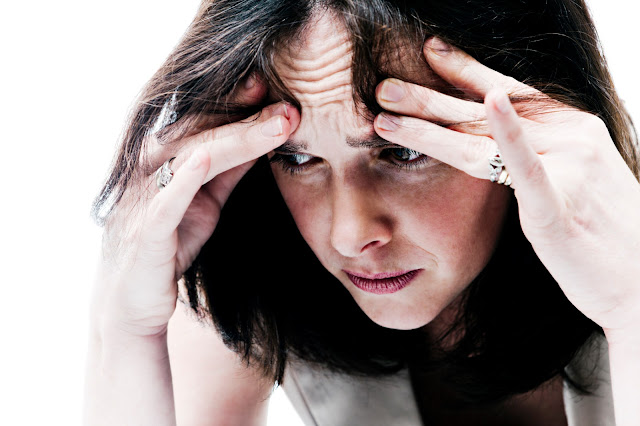Skin problems are
nothing new, almost every one of us have to go through them at some point of
our lives and some of us never get rid of them. This does go down to the fact
that the person who is facing continues skin problems has sensitive skin but it
could also mean that the product that they are using does not suit their skin
or in-organic products are just not working for them.
In the past, people
only used natural ingredients to cure their skin problems but modern generation
lost it for some years because people just didn't have an eye for that but now everyone
has seen a rapid rise of natural products for skin care among people present in
every part of the world. Not only are these products cheaper but almost have no
side effects what so ever.
With the growing
pollution and the amount of unhealthy food that everyone eat due to which skin
problems have grown in number. Acne is no longer a puberty problem but is
something that is found in every age group now rather than going for expensive
skin care options people should opt for organic skin care.
Here are some
every day remedies everyone can use to take care of their skin
- Coconut oil
Coconut oil is a
natural skin moisturizer and is used to keep the skin soft and shiny. It is
also used during different massages options because it is very good for the
skin.
- Lemmon peels
Lemmon
peels are a very effective way to get kid rid of these age marks.
- Banana peels
Banana peels are
often regarded as the best remedy for skin tightening. It makes the skin glow
and gives it a firmer look.
But with people
not having the time to treat every problem separately people should opt for
natural beauty products.
With time, most
of the remedies that our elderly left behind have been manipulated or have been
forgotten, and to use such information after that is really not the way to go
but there is an alternative. There are products available in the market that
are effective and carry no harm. These products are cheap and are very
effective. No matter what the problem, there is a product for that. These
products use natural ingredients rather than inorganic stuff and help the
consumer immensely.
Some people tend
to believe that there is no difference between the natural products and the
other products available in the market but having worked in a company that was
associated with natural products, anyone can guarantee that there is a big
difference. The products that are put into natural creams and other beauty
products are grown in farms that use very little chemicals, there are very less
color involved and hence have very little side effects. The other products are
good and effective as well but they are made to produce faster results and some
time may not be suited to your skin type
Everyone has to
remember a very important thing while using these products that these products
do better as time passes. As these products are made from natural ingredients
they are a bit slow to react and while they are slow but they are very
effective and the effect is also long lasting. If anybody has used these
products and left them that they are not that effective, he should give another
shot and this time provides more opportunity to the natural products because
good things also take time.









